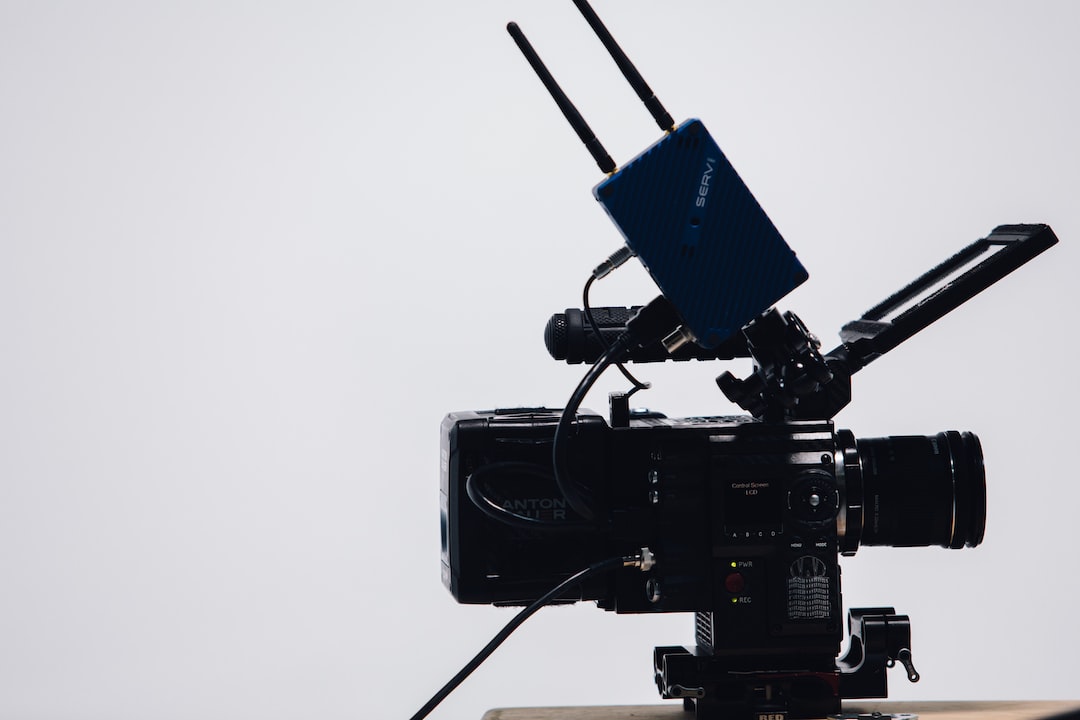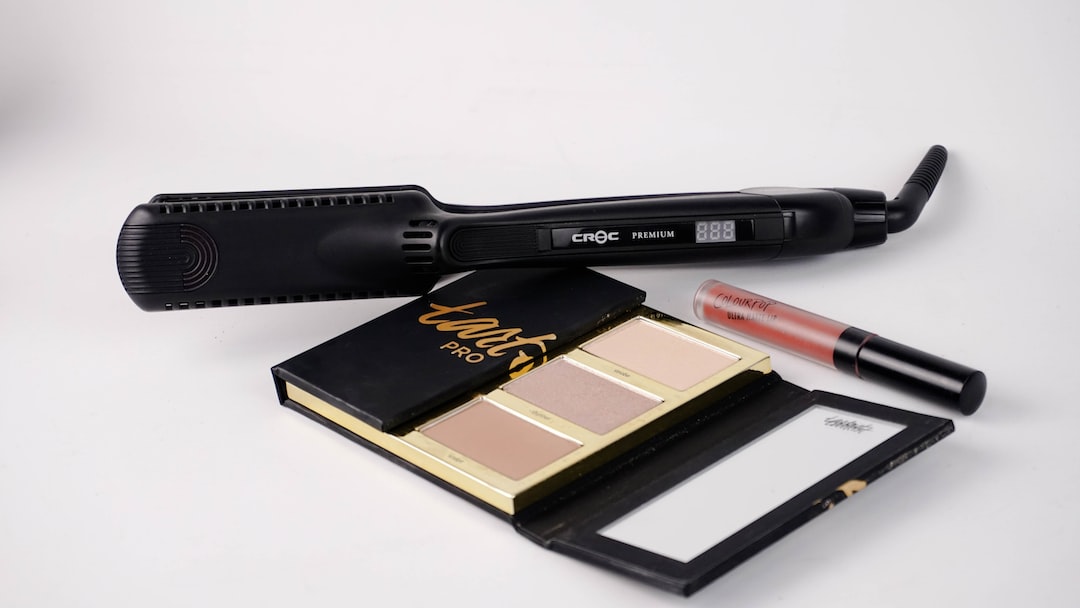Tattoos have become a popular form of self-expression, but what if you have a change of heart or wish to remove it for any reason? Tattoo removal procedures have advanced over the years, but many wonder if tattoo removal is truly 100% effective. In this article, we will explore the various methods of tattoo removal and delve into the probability of complete removal.
Tattoo Removal Methods
Laser Tattoo Removal
Laser tattoo removal is the most common and effective method used today. It works by breaking down the ink particles using laser energy, allowing them to be eliminated by the body’s immune system. Multiple sessions are required to achieve satisfactory results, depending on the size, colors, and depth of the tattoo. However, it is important to note that complete removal may not always be possible, especially for heavily saturated or deeply embedded tattoos.
Intense Pulsed Light (IPL)
IPL is another popular method of tattoo removal that uses broad-spectrum light to target and break down the ink particles. While IPL can be effective for lighter tattoos, it may not be as efficient for darker and more complex designs. Similar to laser tattoo removal, complete removal cannot be guaranteed with IPL alone.
Excision
Excision involves surgically removing the tattooed skin and stitching the surrounding skin together. This method is typically used for small tattoos and may result in scarring. Though excision can physically remove the inked area, it may still leave behind traces of the tattoo, making it less than 100% effective.
The Factors That Influence Tattoo Removal Success
Several factors contribute to the success of tattoo removal. These include:

- Tattoo size: The larger the tattoo, the more challenging it may be to remove it completely.
- Tattoo color: Certain colors, such as black and dark blue, respond better to removal than others like yellow and green.
- Tattoo age: Older tattoos tend to be easier to remove compared to newer ones.
- Skin type: Different skin types may have different reactions to tattoo removal methods.
- Tattoo depth: The deeper the ink is injected into the skin, the more difficult it becomes to remove.
Considering these factors, it is crucial to consult with a professional tattoo removal specialist to assess the feasibility of complete removal for your specific tattoo.
Alternative Options
If complete removal cannot be achieved, there are alternative options available:
- Tattoo modification: Transforming the existing tattoo into a different design may be an option to consider.
- Tattoo cover-ups: Skilled tattoo artists can create a new design that masks or incorporates the existing tattoo.
While tattoo removal methods have significantly improved, complete removal of a tattoo cannot be guaranteed in every case. Factors such as tattoo size, color, age, skin type, and depth all play a role in the success of tattoo removal procedures. It is important for individuals considering tattoo removal to set realistic expectations and consult with a professional to determine the best course of action. Alternative options such as tattoo modification or cover-ups can be explored for those seeking to alter the appearance of their existing tattoo.









